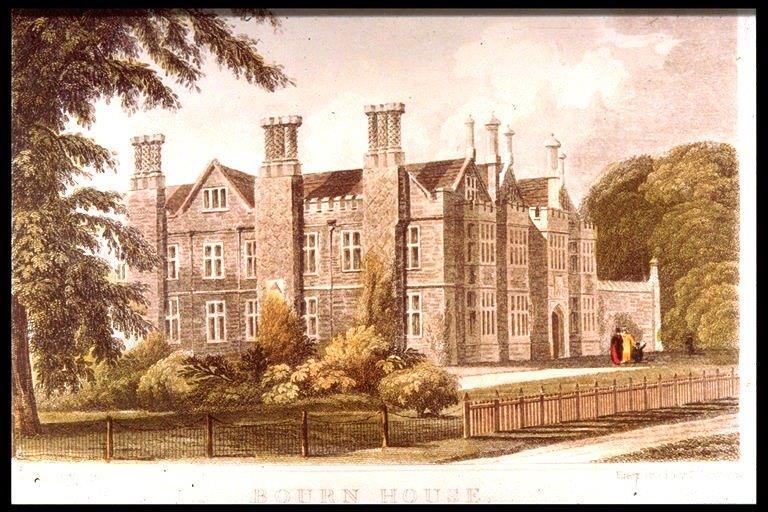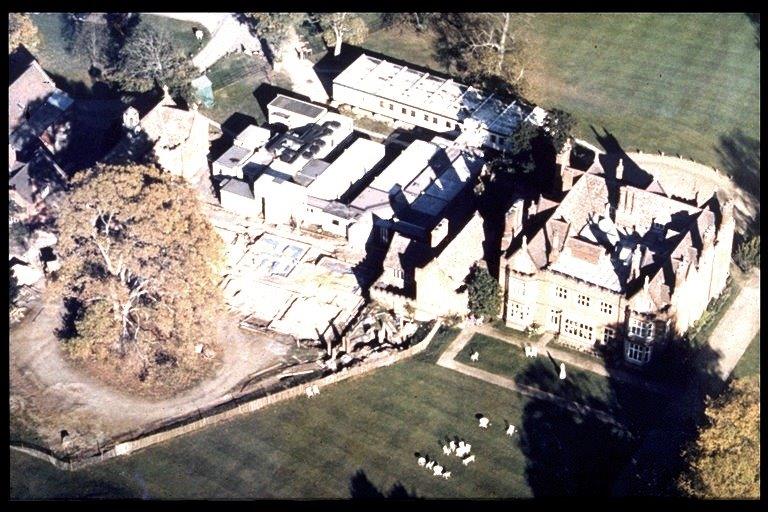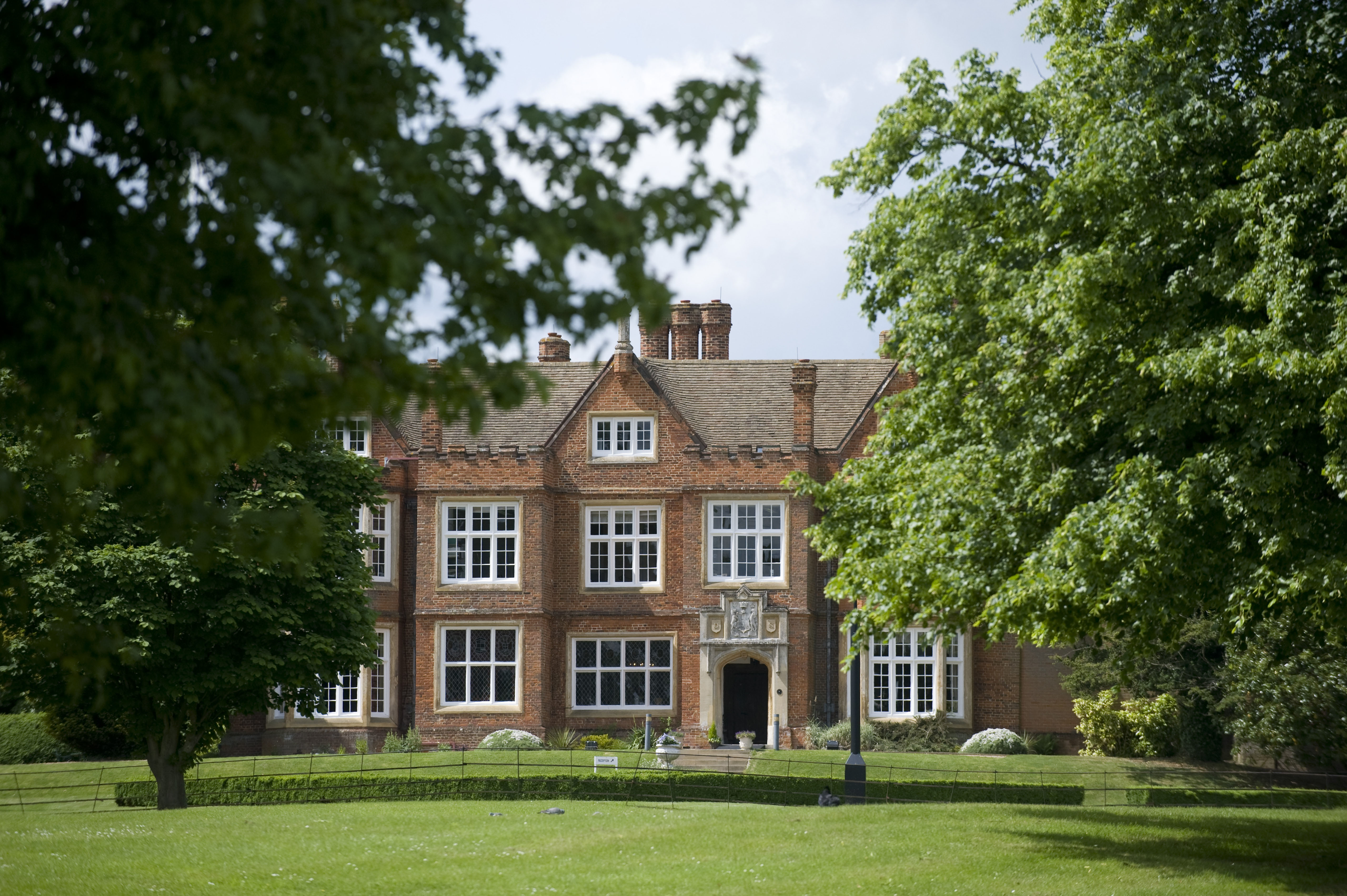Louise Brown’s joyfully celebrated birth in July 1978 represented the culmination of a difficult decade of overwhelming adversity, beset by numerous trials and tribulations. The triumph received worldwide acclaim, and a second baby was on the way (Alastair MacDonald, born 14 January 1979).
Dr Patrick Steptoe, aged 65, retired from the NHS, leaving the Oldham hospital that had generously supported their work. The team confidently looked forward to continuing their work in Cambridge, with dedicated premises, staff and equipment. However, the Cambridge authorities offered hopelessly inadequate facilities, inferior to those in Oldham: an ancient operating theatre on the third floor of Old Addenbrookes Hospital, and a shed on the ground floor for the IVF laboratory – impossible for achieving their goal of offering successful IVF treatment to patients.

Applications to other sources for funding were rejected – the only option left was to consider the possibility of establishing a private clinic: ‘…a further blow to my Socialist conscience…but even the impossible became acceptable as time passed, and nothing else was offered as our need became even more acute.’1
The Editor of the Daily Mail had promised help and encouraged them to look for suitable premises. Jean Purdy trawled through Estate Agent lists, viewing properties, and returned with exciting news of a wonderful Hall 8 miles from Cambridge:
‘…a small, beautifully proportioned Jacobean manor house… exquisite period windows and detailing… its own chapel, stables and outbuildings…set in 20 acres of lovely parkland surrounded by an ancient moat. The family motto was carved in stone above the door: ‘Jour de ma Vie: My every day is a whole life.’ 1

The Daily Mail purchased Bourn Hall, and appointed architects, surveyors and engineers. Temporary portacabins were built whilst the main building was being converted. But April 1979 brought a severe blow – the Daily Mail pulled out, on the grounds that the venture was ‘too risky’.
Work on the manor house was abandoned: ‘Bourn Hall returned to peaceful silence and decay’1. However, the investors agreed to hold the Hall whilst a financial company helped Steptoe and Robert Edwards to raise capital that would allow them to buy the premises.
Bourn Hall Clinic opened on 28 September 1980 ‘on a shoestring…the clinic is no spectacle of medical luxury…but our main concern is to keep standards consistent and high over the years to come…’.1

Muriel Harris, leader of Steptoe’s nursing team in Oldham, set up operating theatres and wards in the portacabins; Jean Purdy was instrumental in creating laboratory facilities. The first group of 23 patients was admitted for IVF: two single embryo transfers were carried out on 27 October – and one of them had a successful pregnancy, delivering the first Bourn Hall Baby in July 1981. The second baby soon followed, after embryo transfer on 10 November: a spectacular success!
Having left IVF completely since July 1978, and at a time when no other IVF baby had yet been acknowledged elsewhere in the world, their immediate success under such difficult circumstances confirmed the team’s exceptionally high standards. With dedicated commitment, they immediately started to refine and improve protocols and methods: 1985 saw the birth of 500 babies3, doubling to 1000 by December 1987.
‘The Rest…is History…’

1. Edwards, RG 1989, Life Before Birth. Hutchinson, London
2. Johnson MH & Elder K, 2015. The Oldham Notebooks: an analysis of the development of IVF 1969-1978. VI. Sources of support and patterns of expenditure. Reprod Biomedicine and Society 1:58-70
3. Steptoe PC, Edwards RG, Walters E, 1986. Observations on 767 pregnancies and 500 births after human in-vitro fertilization. Hum Reprod 1(2):89-94
Explore the remarkable story of in vitro fertilisation from the opposition and immense challenges faced by early pioneers to the latest research today in IVF: 6 Million Babies Later in our Who Am I? gallery. Find out more.